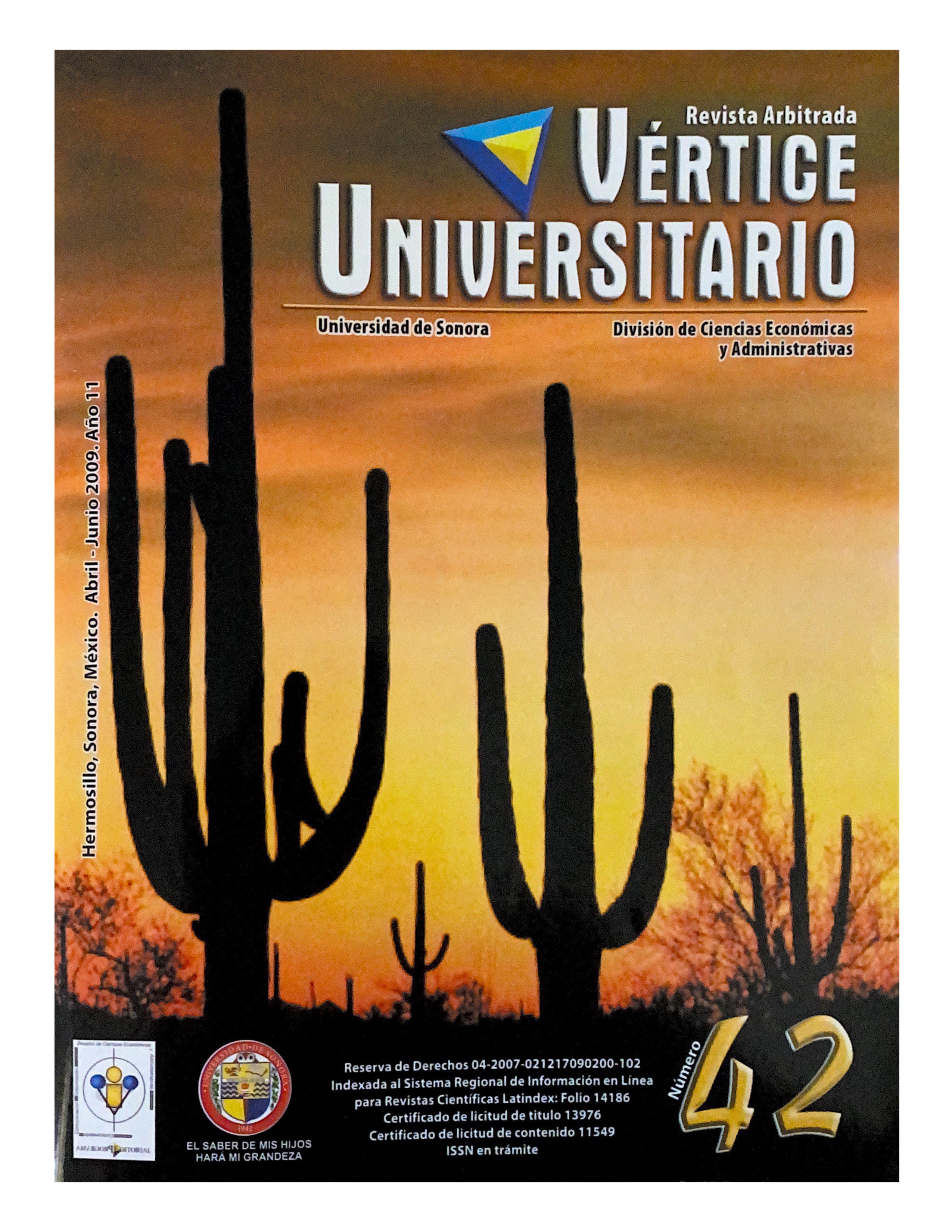The Balanced Scorecard (BSC): basis of the process to diagnose the future financial situation of the company.
Keywords:
Dashboard, Balanced scorecard, Balanced Score CardAbstract
Understanding and being able to diagnose the company's future financial situation and health is a fundamental task for the effective management of a business. A company's management must clearly understand during its planning and budgeting process what factors affect the company's future performance and thus its long-term financial health. Shareholders, suppliers, investors and creditors are also interested in projecting the financial condition of the companies to which they are committed.
There are multiple traditional accounting and financial indicators that are used to indicate the company's conditions from the point of view of profitability, risk, liquidity, indebtedness, cash flow, etc. These indicators, by their nature, serve to determine the current financial condition of the company, or worse, to determine how healthy it was at the date of the last accounting period with which the financial ratios were calculated.
In the turbulent, competitive and changing environment in which today's companies are immersed, there is an increasingly urgent need for useful, relevant and reliable information for accurate, timely and proactive decision making.
This article shows the need to design a Balanced Scorecard with the necessary indicators for the deployment of its four dimensions: financial, customers, processes and workers; as well as its hypermedia treatment with the use of MIS DecisionWare and its integration with the company's accounting system, so that the information contained in it, while contributing to the fulfillment of the company's strategic objectives, allows timely, effective and proactive decision making.
Downloads
References
ABETTI, PIER A. “Linking Technology and Bussiness Strategy”. American Management Association , New York , 1989.
AMAT Oriol. “Un Nuevo enfoque para optimizar la gestion empresarial, motivar a los empleados y crear valor”. Grupo Editorial Norma., México. 1999.
AMAT, Oriol. “EVA: Valor Añadido Económico. Un nuevo enfoque para optimizar la gestión, motivar y crear valor. Ediciones Gestión Barcelona, 2000.
ANDERSEN, Arthur “Diccionario de Economía y Negocios”. Editorial ESPASA, España, 2000.
BENNETT Stewart, G. “The Quest for Value: the EVA management guide for Senior Managers” HarperCollins, NY 2003.
BIASCA, J. Manuel. “The Search for the Best Financial Performance Measure” Financial Analysts Journal. May/June. Pg.: 11-20. Editorial HarperCollins. NY, 2002.
COPELAND, T./ Koller, T. Y Murrin, J. “Valuation: Managing the Value of Companies”. John Wiley, Nueva York. (4ª ed.). Pg.: 121-129. Nueva York, 2006.
DAMODARAN, A. “Corporate Finance: Theory and Pactice” John Wiley & Sons, Inc. New York, 2007.
DRUCKER, Peter F. “Los desafíos de la Gerencia para el Siglo XXI”, Grupo Editorial Norma, México, 2008.
FAUS, Josep. “Políticas y decisiones financieras”. Editorial PRINCE Pag. 19-30. México, 2007.
FERNÁNDEZ, P. “Creación de valor para los accionistas” Ediciones Gestión 1ª edición. Barcelona, 2000.
GIMENO J. A. “El cuadro de mando como sistema informativo para la gestión empresarial”. EditorialTrillas. Pág. 36-46. México, DF 2003
JARAMILLO MARTÍNEZ, A. A.. “Aplicación del Balanced Scorecard en el sector manufacturero. Editorial AMOC, México, 2001.
KAPLAN R.S Y NORTON D.P. “Como utilizar el Cuadro de Mando Integral para implantar y gestionar su estrategia”. Ediciones Gestión 2002. Barcelona.
MÉNDEZ, Morales José Silvestre. “Economía y la Empresa”. Editorial McGraw-Hill, México, 2006.
MUJICA, SOJO Y OCHOA. “Nuevos paradigmas gerenciales” Pag.69. Editorial Gasca, México, DF 2000.
SENGE, Peter. “Finanzas estructurales para directivos”. Editorial IESE. México, 2003.
RODARTE, Mario y Berta ZINDEL (2001). “La empresa y el Balanced Scorecard (Cuadro de Mando Integral) Frente al Mercado”. Editorial Mc Graw Hill. México, 2004.
Published
How to Cite
Issue
Section
License
Copyright (c) 2024

This work is licensed under a Creative Commons Attribution-ShareAlike 4.0 International License.
The opinions expressed by the authors do not strictly reflect the position of the publisher of the publication. This work is under a CC Attribution-ShareAlike 4.0


















